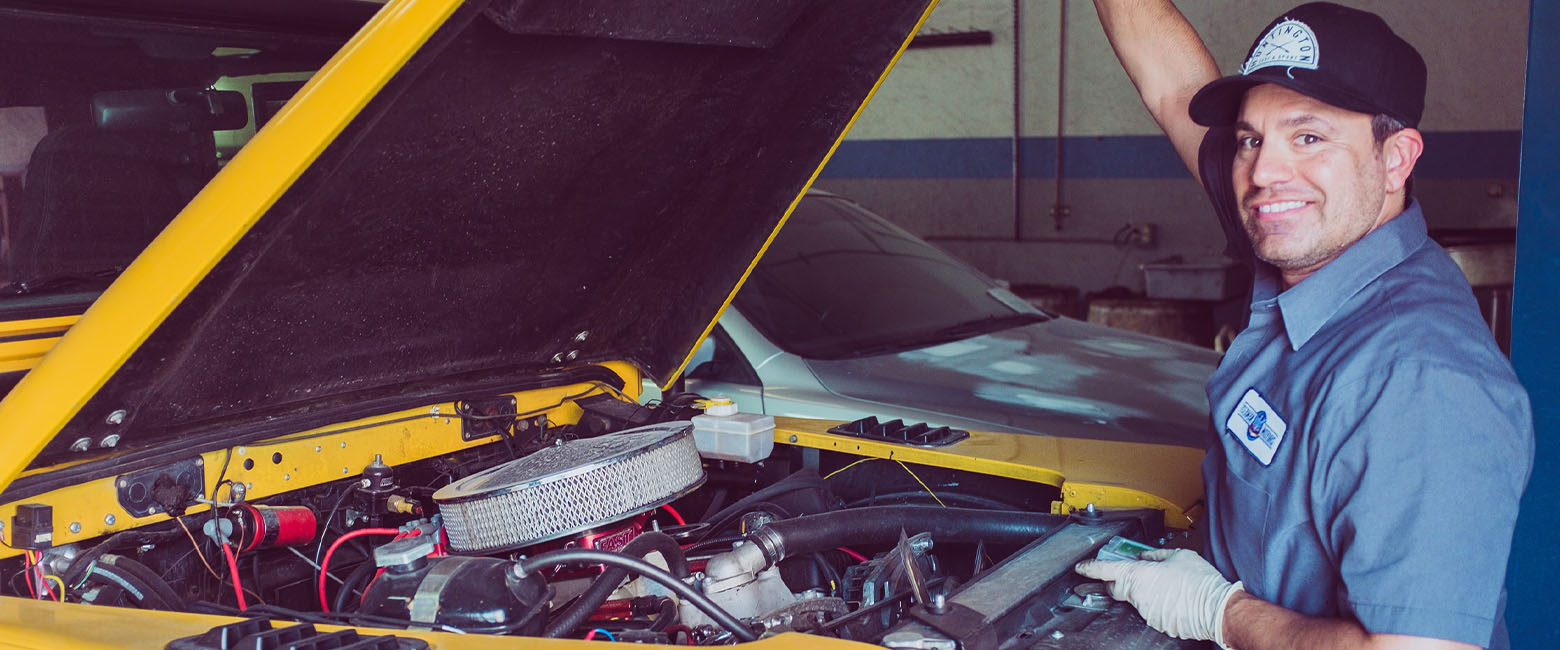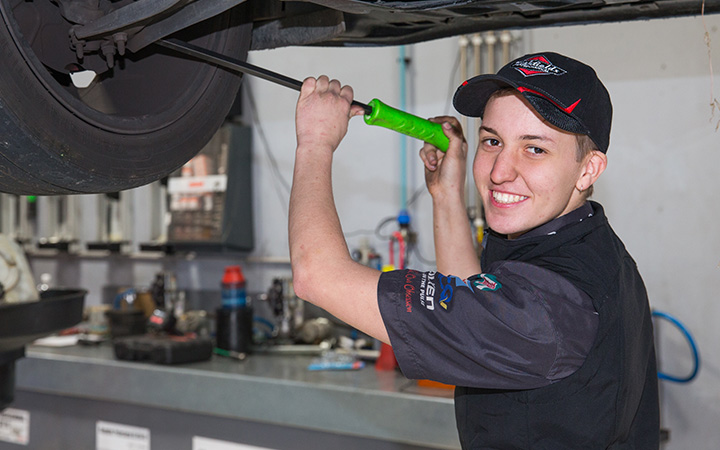Vehicles have changed a lot in recent years and diagnosing faults isn’t as easy as it used to be – but there’s no reason to let that impact your profitability.
In a moment, we’ll recommend three big changes you can introduce at your workshop to help you service your customers effectively and profitably. But first, a quick word on diagnostics.
It’s fair to say the industry has battled to keep up with technology. For a start, the required diagnostic tools can be very expensive. For example, typical electrical test equipment required for fault diagnoses can include scan tools, electrical connector test equipment, digital multimeters and oscilloscopes, and many other specialised tools and equipment.
We’ve also reached a skills shortage in auto diagnostics and troubleshooting, because the motor industry has become highly sophisticated and specialised and our trades training hasn’t kept up.
Most technicians and workshop owners are fully aware of this, of course. But the average motor vehicle owner is not. And that is where the diagnostic process starts – with the vehicle owner.
So, what can you do about diagnostics today to keep your business profitable?
Educate your customers
A customer comes to you because you’re the expert. They expect you to diagnose and fix whatever is wrong with their vehicle. Most of them will expect this done quickly and efficiently, so they can get back on the road with as little inconvenience as possible.
It’s up to you to educate them on the fact that diagnosing and repairing problems on modern cars isn’t always a quick fix these days, and a shotgun approach to vehicle repair is no longer possible. Explain that without a systematic fault-finding diagnostic sequence or procedure, a technician has little chance of fixing a modern vehicle in a timely and cost-effective fashion.
This buys you the time needed to work on the customer’s vehicle and prepares them for the open channel of communication you’re going to need between the two of you to resolve their vehicle’s issues.
Stop with the free five-minute diagnosis
Many customers still expect things to be like the old days, when you could drive into the workshop and get a free five-minute inspection, a recommendation for a new muffler or a replacement gearbox, and a verbal estimate on the price for the work.
Those days are long gone. And if they’re not gone from your workshop, then they should be.
You can’t ask your family doctor for a quick diagnosis without being presented with a bill! Your mantra should be: no money = no working on the vehicle. And that includes the old doorstep diagnosis.
Invest in the equipment and training
With the number of electrical components and electronic circuits in a modern vehicle, technicians must have an understanding of electrical theory and circuits. You don’t need to be an electronic engineer, but you do need to understand the circuits.
Electrical diagnostics are impossible without the correct diagnostic equipment, vehicle data and information. That’s not always easy or cheap – but you can also waste a lot of time and money trying to diagnose faults without the right tools.
Jeff Smit – Technical Editor of The Automotive Technician, workshop owner and long-time Capricorn member – suggests buying equipment together with neighbouring workshops and splitting the costs. Or, he suggests, outsource those jobs to other workshops that do have the correct tools and skills.
Whether you share the cost, buy the tools outright, or outsource the work, you have to pass those costs on to your customers.
If your business is missing the necessary diagnostic tools to meet your customer’s needs, chat to your Capricorn Area Manager or look in the Purple Pages.


